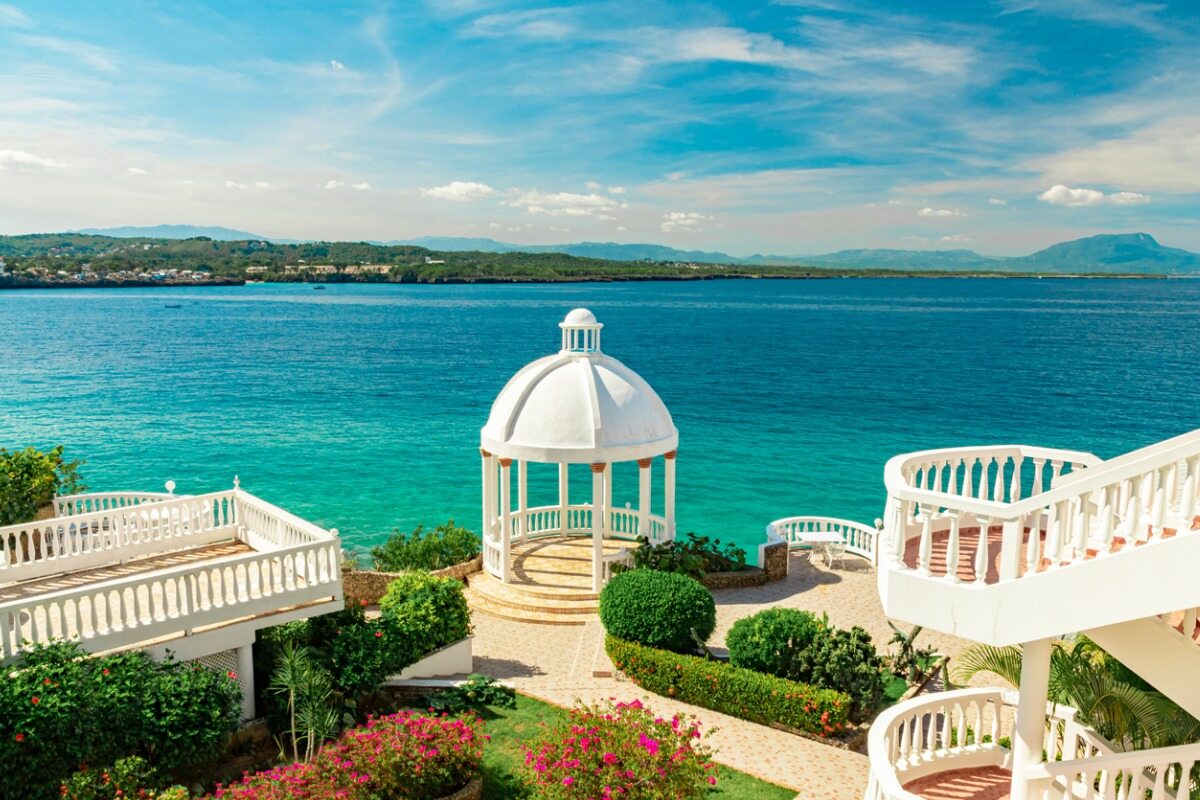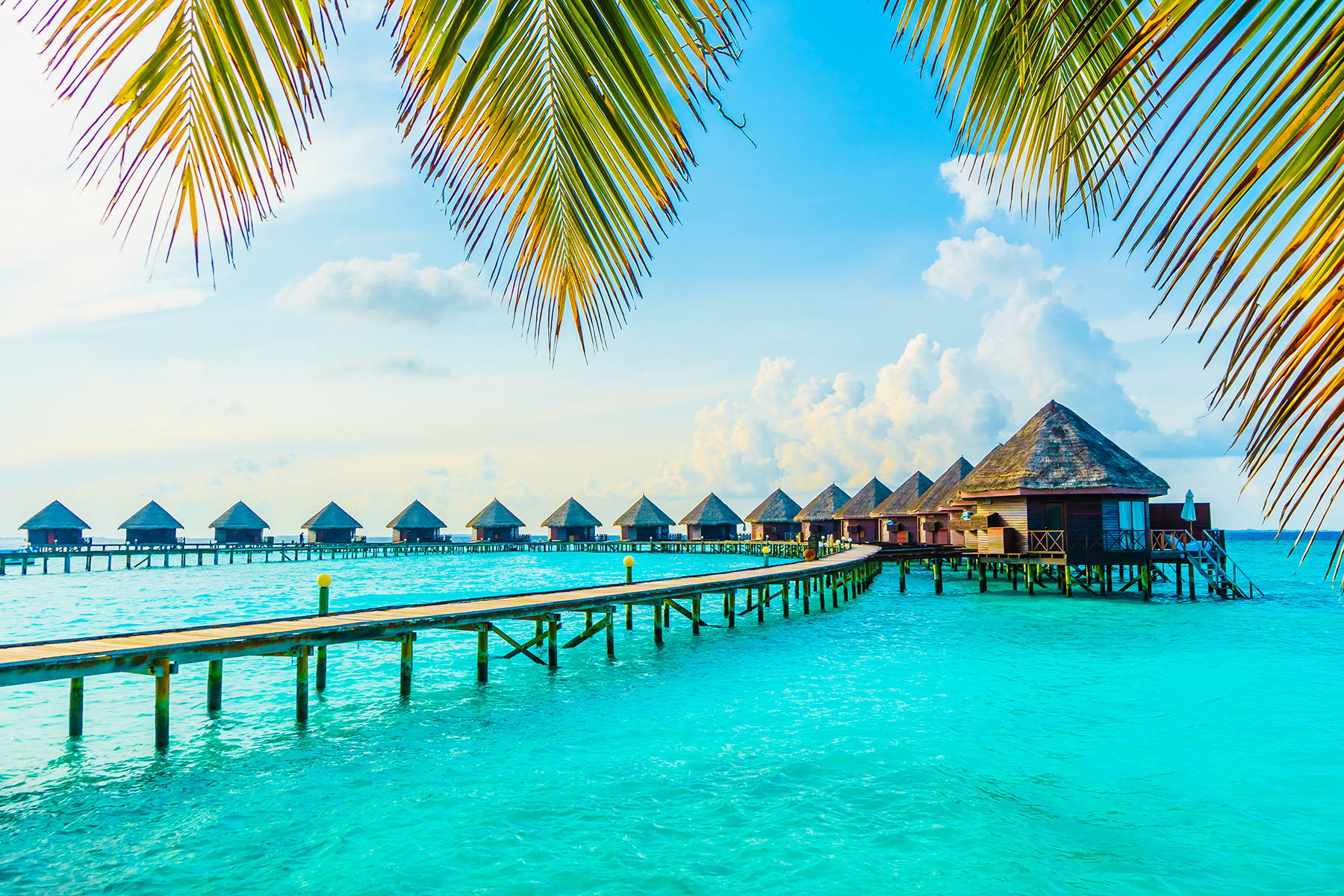What to Expect on the Recent National Museum of the Philippines-Cebu
Should you’re in search of an enchanting cultural experience in Cebu City, look no further than the National Museum of the Philippines Cebu. This museum, situated in the guts of Cebu City, showcases the wealthy history and natural wonders of the region, making it a must-visit destination for locals and tourists alike.

With its stunning architecture and design, the National Museum of the Philippines Cebu is a real murals in itself. The museum’s exhibits and collections are equally impressive, featuring every thing from ancient artifacts to contemporary art pieces. Whether you’re all for learning in regards to the island’s pre-colonial past or exploring its vibrant modern culture, you will see something to captivate your imagination at this world-class museum.
Why do you have to visit the National Museum Cebu?
- The National Museum of the Philippines Cebu is a must-visit destination for anyone all for the region’s wealthy history and natural wonders.
- The museum’s stunning architecture and design are true murals.
- With exhibits and collections starting from ancient artifacts to contemporary art pieces, there’s something to captivate everyone’s imagination at this world-class museum.
History of National Museum of the Philippines Cebu
The National Museum of the Philippines – Cebu is situated in Cebu City, Philippines. It is a component of the National Museum of the Philippines system and was inaugurated on July 28, 2023, because the sixteenth component museum of the National Museum.
The museum is housed in the previous location of the Cebu Customs House, inbuilt 1910. The constructing, also often called the “Aduana,” was designed by William Parsons, an American architect who also designed the Manila Hotel.

In 2019, the constructing was declared a National Cultural Treasure, and shortly after, it was transformed into the National Museum Central Visayas – a charming reminder of the country’s wealthy cultural heritage.
The National Museum of the Philippines – Cebu is the primary National Museum in Cebu. It’s the only museum within the country that focuses on the history and culture of the Visayas region. It features exhibits on Cebu’s pre-colonial and colonial periods, including the Sinulog festival, which is well known annually within the province.
The museum’s collection includes artifacts, artworks, and other cultural materials showcasing Cebu’s wealthy history and heritage and the Visayas region. Among the highlights of the gathering include the Cebuano pottery, which dates back to the Neolithic period, and the Santo Niño de Cebu, a non secular icon considered the oldest religious artifact within the Philippines.

Architecture and Design
Exterior Features
The National Museum of the Philippines – Cebu is situated within the historic Plaza Independencia near Fort San Pedro. This component museum is housed within the “Aduana” constructing, designed by William Parsons and constructed in 1910. The constructing is a first-rate example of neoclassical architecture, with its symmetrical facade, pediment, and columns.
The constructing’s exterior is made from reinforced concrete, a latest and revolutionary constructing material on the time of construction. The constructing’s renovation in 2004 preserved its original neoclassical style while adding modern amenities.
Interior Design
The National Museum of the Philippines – Cebu interior is just as impressive as its exterior. The museum’s galleries are arranged thematically, showcasing the wealthy cultural heritage of Cebu and the encompassing Central Visayas region. The museum’s collection includes artifacts, artworks, and specimens illustrating the region’s history, culture, and natural environment.
Considered one of the museum’s most striking features is its central atrium, a three-story space that permits natural light to enter the constructing. The atrium is surrounded by galleries on all three levels, that are connected by a grand staircase. The galleries are designed to be flexible, allowing the museum to showcase a wide range of exhibits and events.


Exhibits and Collections
Discover Cebu’s charming history and culture on the National Museum of the Philippines-Cebu (NMP-Cebu)! From everlasting and temporary exhibitions that showcase the island’s wealthy and diverse biodiversity, geology, archaeological treasures, art, and ethnographic and maritime traditions, the museum offers an unforgettable experience for visitors of all ages. Step inside and explore the Queen City of the South’s vibrant past through its vast collection of artifacts and exhibits.
Everlasting Exhibits
The National Museum of the Philippines in Cebu has five key art galleries that showcase Cebu’s natural wonders, cultural heritage, and historical significance.
Gallery 1: Kinaiyahan: Cebu’s Natural Wonders


This exhibition features the unique geological, botanical, and zoological heritage of Cebu, and its neighboring islands. This features a diorama showcasing the Cebu tamaraw (in addition to its bones), a stratigraphic column featuring the Lutopan Diorite, and replicas of white lauan tree and a parasitic plant called Lepeostegeres cebuencis. Also highlighted on this gallery are herbarium specimens comparable to Cinnamomum cebuense, photos, and an illustration of great bird species in Cebu including the Cebu flowerpecker, and the Glory-of-the-sea shell. The Mobile Museum Boxes project which featured the natural and cultural heritage of the Visayas was also showcased within the exhibition gallery.
Gallery 2: Ang Karaang Sugbo ug ang mga Kabiling Bahandi





This exhibition features various archaeological artifacts which were recovered in Cebu, including a gold death mask and an ewer, which were each recovered in Plaza Independencia, in addition to a secondary burial jar with cover from San Remigio.
Gallery 3: Paglawig: Cultural Movement Across the Seas


This exhibition features artifacts recovered from shipwrecks, comparable to an astrolabe, a tool seafarers used to navigate the seas using the position of the celebs, and a blue and white bowl, which originated from China. This exhibition also showcases Cebu’s enduring boatbuilding and fishing traditions through the commissioned boat models, an actual baroto (a non-motorized boat used for fishing) from Alcoy, fishing implements, and a fish cage model from Bantayan.
The Philippine Center Recent York Core Collection of 1974.

This exhibition features an assemblage of artworks meticulously chosen for the Philippine Center Recent York to embody the Filipino national identity, in keeping with the dominant sort of the worldwide art scene throughout the Nineteen Seventies. Included on this exhibition are Procession by Cesar Legaspi (who was a member of the ‘Thirteen Moderns,’ a bunch of artists who pioneered modern art within the country), Serenade 7/25 by Manuel Rodriguez, Sr. (who’s recognized as ‘The Father of Philippine Printmaking’), and Shocking Pink, Orange, Maroon by Lilian Hwang.
Gallery 5 – Ang Kamamugnaon ug Kinaadman ni Maestro Tinong
Gallery 5 focuses on the works of Martino “Tinong” Abellana, also often called the “Dean of Cebuano Painters.” Martino paved the best way for Cebuano artists.

Temporary Exhibits
Along with its everlasting exhibits, the National Museum of the Philippines in Cebu also encompasses a rotating collection of temporary exhibitions that showcase different facets of Cebu’s history and culture. These exhibits change commonly, so visitors are encouraged to examine the museum’s website or social media pages for the most recent updates.
Educational Programs and Events
The National Museum of the Philippines – Cebu offers a wide range of educational programs and events for visitors of all ages. These programs aim to advertise the appreciation and understanding of Philippine culture and history through interactive and fascinating activities.
Considered one of the museum’s hottest programs is the guided tour, available for people and groups. Through the tour, knowledgeable guides will lead you thru the museum’s exhibits and supply insights into the history and significance of the displayed artifacts.
Along with guided tours, the museum offers workshops and lectures on various Philippine culture and history topics. These programs are designed to provide visitors a deeper understanding of the country’s wealthy cultural heritage.
For younger visitors, the museum has a dedicated children’s section where kids can find out about Philippine history and culture through fun and interactive activities. The section encompasses a number of exhibits and hands-on activities which are designed to interact and educate children.
All year long, the museum also hosts a wide range of special events and exhibitions. These events showcase different facets of Philippine culture and history and supply visitors with a novel opportunity to learn and experience something latest.
Visitor Information
Should you plan to go to the National Museum of the Philippines in Cebu, here’s every thing it is advisable know to benefit from your experience.
Hours of Operation
The National Museum of the Philippines-Cebu is open from Tuesday to Sunday, 9:00 AM to five:00 PM. It’s closed on religious holidays.
Admission Details
Admission to the National Museum of the Philippines-Cebu is free. Nonetheless, donations are welcome to assist support the museum’s operations and conservation efforts.
Facilities and Accessibility
The National Museum of the Philippines-Cebu is wheelchair accessible. It also has restrooms and drinking fountains for visitors.
The museum has a small gift shop where you should buy souvenirs and books related to the exhibits. Nonetheless, food and drinks should not allowed contained in the galleries.



Guidelines for Visitors
The museum management reminded all walk-in visitors to follow strict guidelines. Among the many guidelines are:
- Visitors needs to be well-dressed
- No food is allowed contained in the galleries
- Touching the artwork just isn’t allowed
- No huge bags are allowed inside
- Small bags and purses are permitted but are subject to inspection.
- Photography is allowed but with out a flash or tripod.
The museum staff can assist you if you’ve any questions or concerns during your visit. They’re knowledgeable and enthusiastic about the exhibits and can happily answer any questions.
Tips on how to Reach
Should you plan to go to the National Museum of the Philippines Cebu, there are several ways to achieve the museum. Listed below are some transportation options you’ll be able to consider:
By Automobile
Should you are driving, you’ll be able to quickly locate the museum, because it is situated in the guts of Cebu City’s shipping district. You should utilize GPS or Google Maps to navigate to the museum. There’s also a parking area near the museum where you’ll be able to park your automotive.
By Public Transportation
You possibly can take a jeepney or a taxi to the museum if you happen to commute. The museum is near the Cebu City Pier, so you’ll be able to take a jeepney or cab certain for the pier. You may as well take a taxi from the airport to the museum.
By Tour Bus
Should you are on tour, you’ll be able to ask your tour operator in the event that they have a package that features a visit to the National Museum of the Philippines Cebu. Some tour operators offer packages that include transportation to and from the museum.
National Museum Cebu Contact Information
If you should visit the National Museum of the Philippines in Cebu, you’ll find its location and get in touch with details below.
The museum is open from Tuesday to Sunday, from 10:00 AM to five:00 PM. It’s closed on Mondays and on holidays. Admission is free for all visitors.
If you’ve any inquiries or concerns regarding the museum, email nmpcebu@gmail.com or call their trunkline at (032) 256-2284.
The National Museum of the Philippines – Cebu also has a Facebook page that you would be able to follow for updates and announcements. You will discover it at https://www.facebook.com/nmpcentralvisayas/.
Incessantly Asked Questions
What are the opening hours of the National Museum of the Philippines Cebu?
The National Museum of the Philippines Cebu is open from Tuesdays to Sundays, 9AM to 5PM.
Is the National Museum of the Philippines Cebu open today?
We cannot answer that query as we have no idea the present date. Nonetheless, the National Museum of the Philippines Cebu is closed on Mondays and holidays.
What are the doorway fees for the National Museum of the Philippines Cebu?
Admission to the National Museum of the Philippines Cebu is FREE.
What could be present in National Museum Cebu?
The National Museum of the Philippines Cebu showcases five key art galleries, including Kinaiyahan: Cebu’s Natural Wonders, The Cinematheque, The Diorama Experience, The Ethnography Collection, and The Advantageous Arts Collection. Visitors can immerse themselves within the island’s breathtaking art, eye-opening history, and unique wildlife.
Please note that museum etiquette needs to be observed to respect other visitors and make sure the preservation of artifacts that play a crucial role in history.
Cebu City Travel and Tour Packages
Want more updates about latest package tours and tourist attractions in Cebu City that you would be able to add to your itinerary? Follow the if you happen to want more travel and food-related updates.
Read:














